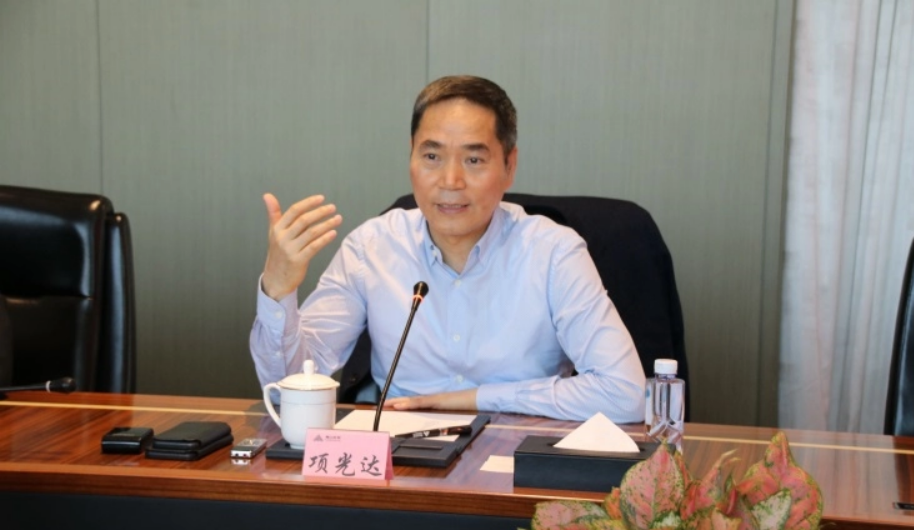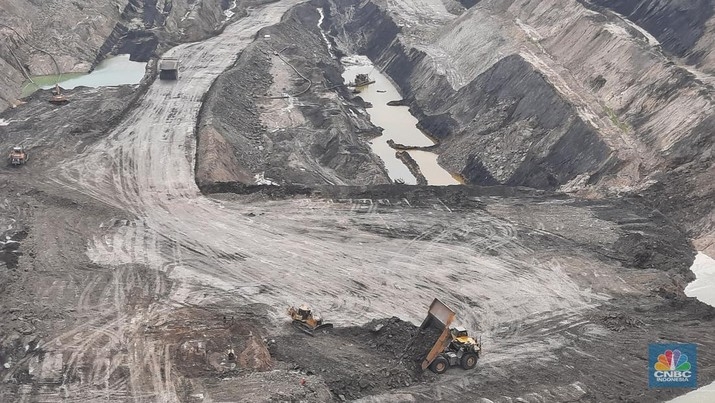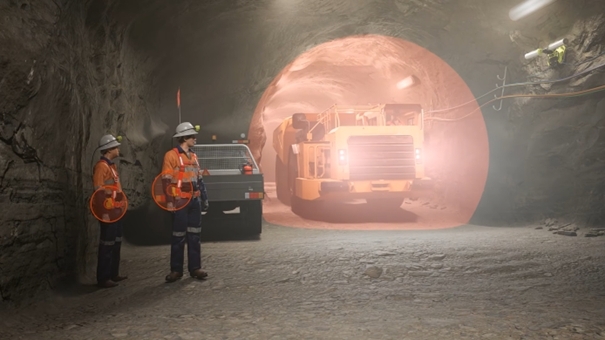Nickel market faces new shock as ‘Big Shot’ boosts metal output
Mon 09 Jan 2023, 09:00 AM
Share

The billionaire at the center of last year’s nickel short squeeze is planning a major shift in his production mix, in a move that could reshape global supply dynamics and inject fresh volatility into the battered nickel market.
Xiang Guangda’s Tsingshan Holding Group Co. is seeking to profit from an unusually large premium in the price of refined nickel metal – the type that is deliverable on exchanges in London and Shanghai – over the intermediate forms that Tsingshan supplies for battery manufacturing, according to people familiar with the matter.
Tsingshan, which is already building facilities to produce refined nickel in Indonesia, is in discussions with several struggling Chinese copper plants about processing its material into the more-valuable refined metal, said the people, who asked not to be identified discussing private information. If successful, Tsingshan’s plan, together with similar moves by its peers, could double Chinese refined nickel production this year, from about 180,000 tons in 2022 — adding roughly a fifth to global refined output.
Xiang’s move is a response to a growing divergence in the nickel world: total supply is headed for a years-long surplus, driven by a surge in production from Indonesia where Tsingshan and others are ramping up output of the intermediate forms like ferronickel and mixed hydroxide precipitate that now dominate the market. Xiang — known in commodities circles by the nickname “Big Shot” — and other Chinese producers are also increasingly concerned about a weakening outlook for electric-vehicle demand in China, the people said.
On the other hand, supplies of nickel metal have remained tight, helping keep prices relatively high compared with the rest of the market.
A reversal of that dynamic could create fresh volatility for the London Metal Exchange nickel contract, which has regularly experienced wild swings in recent months amid thin trading volumes and shortened hours. The LME is still wading through the fallout from the crisis, when it suspended the market for a week and canceled billions of dollars of trades, and is expected to publish an independent review of the events this week.
The plan to use copper plants to process nickel is a novel one, but the process has already been applied successfully during a trial at a smaller factory in central China, the people said. Tsingshan is holding early talks with a number of copper producers, including Yanggu Xiangguang Copper Co., a major copper smelter that was idled once last year amid financial difficulties.
Tsingshan didn’t respond to multiple requests seeking comment. Xiangguang didn’t respond to emailed requests for comment.
Tsingshan has a long history of reshaping the nickel market — even before last year’s short squeeze that brought the LME to its knees. In the mid-2000s, it helped unlock Indonesia’s vast nickel resources by developing a way to use its low-grade ore to make stainless steel cheaply. More recently, it has led a massive increase in production to supply the battery industry.
An increase in refined production could help replenish global exchange inventories, which have hovered near multiyear lows, and help reduce the severity of squeezes in the future. It would come at a time when the biggest producer of refined nickel – Russia’s MMC Norilsk Nickel PJSC – is considering a 10% reduction in output this year.
For Tsingshan, the increased access to refined metal will also help minimize the risks involved in trading on the LME, which it uses to hedge its output. In March, Tsingshan was the focus of a massive short squeeze on the LME, with prices soaring as much as 250% in two days when the Chinese company stopped being able to pay its margin calls. Tsingshan’s position was complicated by the fact that, despite being the world’s top nickel producer, it didn’t produce any nickel metal that could be delivered on the LME.
The copper plants will only require a simple technical adjustment to be able to produce nickel metal from nickel sulphate through a hydrometallurgical process, and could be ready in a short period of time, the people said.
Tsingshan and its partner companies could provide intermediate supplies to increase refined production from such plants by 150,000 to 200,000 tons a year, according to the people. That would represent three times the total inventory currently held in LME and Shanghai Futures Exchange warehouses combined. In addition, there are new nickel refineries being constructed in China and Indonesia.
Image source: Tsingshan
Source: https://www.mining.com/web/nickel-market-faces-new-shock-as-big-shot-boosts-metal-output/
Source: https://www.mining.com/web/nickel-market-faces-new-shock-as-big-shot-boosts-metal-output/





